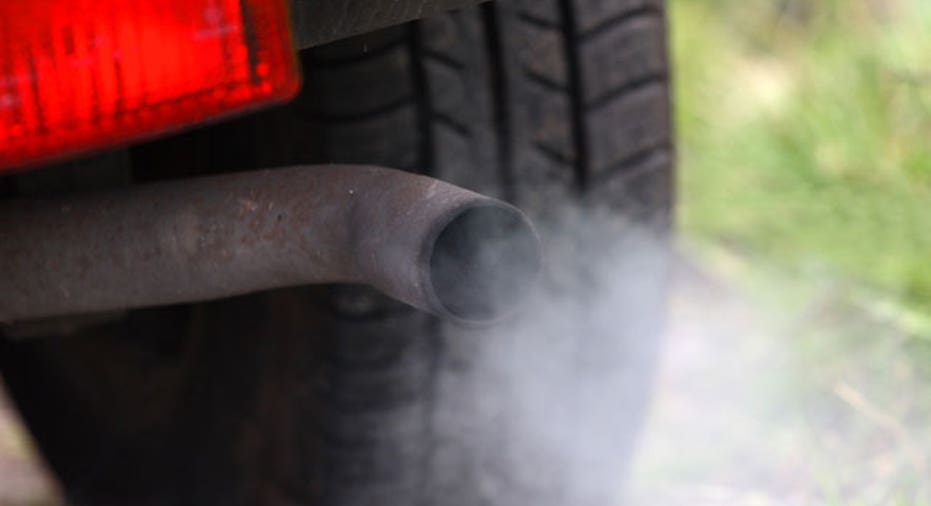5 Ways to Cut the Cost of Car Ownership

The cost of car ownership has increased at a rate slightly greater than the current inflation rate, according to AAA's 2011 Your Driving Costs study. The study found that the increase is primarily the result of tire and gasoline costs as well as an increased rate of depreciation. While the increase in car ownership costs is substantial, some of that increase can be negated with a few smart practices.
Be fuel-wise. Despite recent improvements in the fuel economy of new cars over past models, the increased fuel economy still doesn't offset today's rising gas prices. To combat this and get better gas mileage, drive smarter by avoiding accelerating rapidly from a stop, maintaining 65 mph on the highway instead of a higher speed and not letting your car idle. Maintaining proper tire pressure (listed on a sticker on the driver's side doorjamb) and removing all the excess gear from your car (to reduce the overall weight) also will improve your fuel economy.
Check gas prices online. With gas prices currently so high, your cash outlay is far greater than the same time last year when prices were about $1.06 less per gallon. But you can save money at the pump by checking prices online before you buy or getting a discounted price by participating in a loyalty program. For more tips, read the Bankrate feature, "5 easy ways to find cheap gas." Depending on the make and model of your car and its condition, you also may be able to save money at the pump by using a lower octane fuel to help cut the cost of car ownership.
Make your tires last longer. The cost of tires had the largest percent increase in the AAA study, up 15.7% over last year, due to higher manufacturing costs.
In many cases, tires wear out at a faster rate because they are not properly maintained by the owner, and that can impact the cost of car ownership. When the proper tire pressure isn't followed, tires wear out earlier than they should and fuel economy is reduced. Tires should be checked monthly for signs of wear and underinflation. Tires typically need air added monthly to maintain proper tire pressure. Read Bankrate's feature on keeping your tires in shape to learn how to determine the required air pressure and to check for wear.
Spend less on new tires. Like any large purchase, it makes good financial sense to shop around for tires to get the best price. Check your owner's manual to determine the details on the tires that the manufacturer recommends for your car, as there may be more than one option. Then check prices at several tire shops locally as well as with your local dealer and an independent mechanic you trust. You also can compare prices online through tire retailers such as TireRack.com, which will give you quotes for the tires alone as well as a price for mounting and balancing at an installer in your area.
Curb depreciation. You can't change the depreciation rate of your car, but you can get the higher end of the value range when you trade it in or sell it privately by making sure it's in top-notch shape. Keep it properly maintained and make any necessary repairs promptly. Create an archive for all your repair and maintenance records to show prospective buyers that the car has been well cared for. Follow Bankrate's five tips to spruce up your car for resale to see how you can get your old car looking good on the cheap.



















